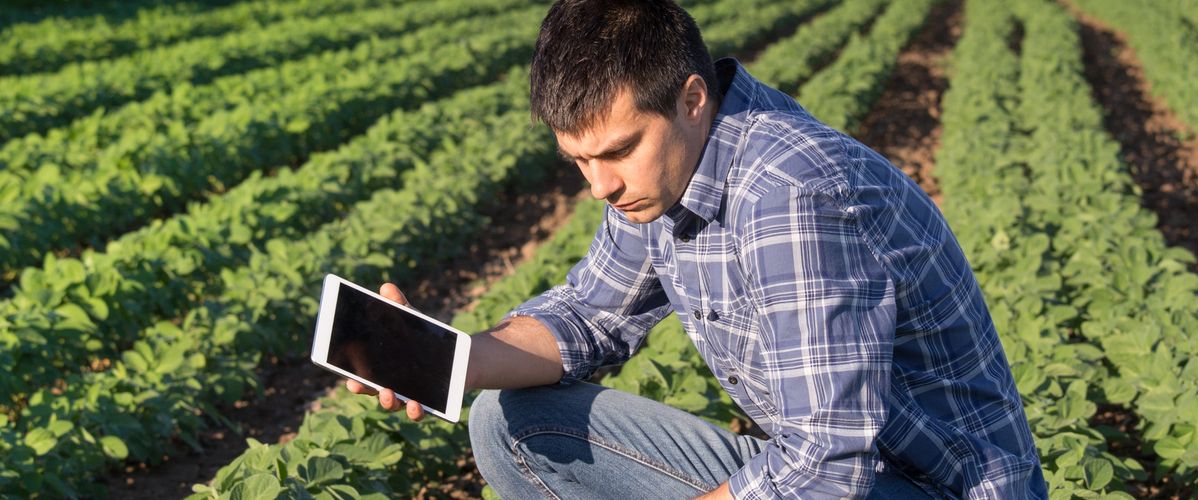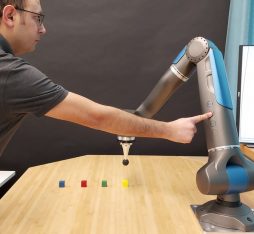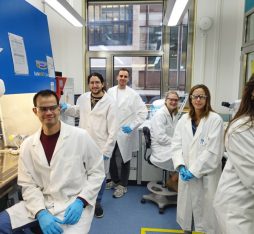• Researchers at the university are working on autonomous mobile robots that can target individual plants and cut herbicide use by 95%.
• They are also conducting projects to combat labour shortages in the British forestry industry, enhance food security, develop carbon sequestration, and preserve biodiversity.
Can an agricultural robot be enabled to dispense targeted doses of weedkiller without allowing a single drop to fall to ground? This is the goal of the ASPA (Autonomous Smart Spot-Precision Application of Herbicide) project, currently underway at the University of Warwick, just a few kilometres from the city of Birmingham in the UK, with completion expected by March 2025. “Using artificial intelligence with extensive knowledge of plants as well as their location and size, we are aiming to cut herbicide use by administering the precise dose required for each individual case, which should reduce volumes by 95%,” explains Emilio Loo Monardez, the engineer in charge of the Warwick Agri-Tech initiative, which officially launched in December 2023. With expert support from its School of Life Sciences (SLS) and WMG (Warwick Manufacturing Group) its multi-disciplinary industrial development department, the university is working on seven applied research projects, which aim to accelerate the deployment of emergent technologies to drive innovation in the agricultural sector. The overall goal is to contribute to the future of agriculture by using automation to address such problems as labour shortages, food insecurity and the loss of biodiversity. “All of our projects have to meet a number of objectives, including contributing to resilient, affordable and, of course, nutritious agriculture.” Sustainable agriculture, soil health, disease detection, phenotyping, crop protection, and precision farming, the initiative aims to bring about positive change in several areas: “We’re looking at a wide range of opportunities for development and innovation, but they all have to meet high-impact environmental objectives.”
The collected data is used to identify insect populations
Robots to evaluate levels of crop infestation
Another Warwick Agri-Tech project aims to develop an Integrated Crops Scouting System (ICROSS) that makes use of autonomous mobile robots (AMRs): “On average, 20% of crops are lost to pests, most often spider mites. The robots, which are equipped with spectral sensors, infrared cameras, thermal cameras, and HD video, send data to a machine learning system that assesses levels of crop infestation. The collected data is used to identify insect populations and is also cross-referenced with an Integrated Pest Management (IPM) system,” which provides details of biological or chemical measures required to combat the pests. “We know exactly when we need to deploy other insects to eliminate parasites, or when to use herbicide and the exact amount that is required.” Warwick Agri-Tech is also developing a further autonomous robot christened CropMAP, which makes use of computer vision to collect data on plant phenotypes or observable traits: “Information on the morphology of plants and the form of their leaves is not only valuable to agronomists, it also allows us to see if irrigation systems are working properly and detect any leaks that may occur.”
Responding to labour shortages in the forestry industry
Work is underway on a third system to facilitate the nursery management of tree seedlings which range in height from 20 cm to 80 cm. “Trees have to be sorted all the time, hence our desire to develop a robotic system to separate and then reconstitute batches of seedlings without damaging the plants before they are sent to customers.” Once they have sorted the young trees the robots automatically return to their charging station. “These systems need to be very delicate, because sometimes, the seedlings that have to be separated have intertwined roots. Suppliers in the sector could double or triple their orders, but right now they can’t because they don’t have the necessary staff.” In the future these AI-powered robots could play a vital role in major reforestation projects.












